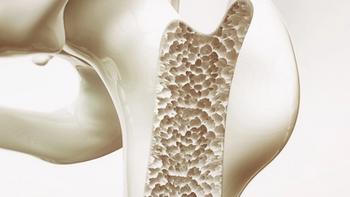
Pegfilgrastim-cbqv On-Body Injector Approved by FDA for Febrile Neutropenia Infection
The on-body injector, pegfilgrastim-cbqv, has been approved by the FDA for patients who experience febrile neutropenia after chemotherapy.
The FDA has approved pegfilgrastim-cbqv (Udenyca Onbody) an on-body injector biosimilar given the day after chemotherapy to decrease the incidence of infection caused by febrile neutropenia, according to a press release from Coherus BioSciences.
The on-biody biosimiliar includes an indicator with a status light and auditory signal to determine correct dosing, as well as a strong and well-tolerated adhesive. Additionally, once the dose has been given, the needle will retract to reduce the risk of needlestick injury. This approval occurred from thorough pharmacokinetic, pharmacodynamic bioequivalence data, plus adhesive performance and tolerability data.
In the first quarter of 2024, the on-body injector is planned to be commercially available.
“The on-body injector for [pegfilgrastim] is the result of years of significant investment in research and development to bring forward a novel and proprietary device that provides patients with an automatic delivery option for their medication,” Denny Lanfear, chief executive office of Coherus, said in the press release. “[Patients with cancer] and their physicians will now be able to choose the [pegfilgrastim] administration presentation that best fits their individual needs: a prefilled syringe, our autoinjector, or this on-body injector.”
The use of this will help to reduce the risk of infection brought on by febrile neutropenia for patient with non-myeloid malignancies who have received myelosuppressive anti-cancer drugs with a significant incidence of febrile neutropenia. Additionally, this will help to increase survival for those who have myelosuppressive doses of radiation.
The press release noted the limitation for this on-body indication is for the mobilization of peripheral blood progenitor cells for hematopoietic stem cell transplantation. Patients who have serious allergic reactions to pegfilgrastim or products related to filgrastim should not be given this product.
“Our market studies showed a significant demand for a novel on-body pegfilgrastim delivery device tailored to specific patient needs. We expect that UDENYCA ONBODY’s five-minute injection time and innovative retractable needle mechanism will be well received by cancer patients, their caregivers, and doctors,” Paul Reider, Coherus’ chief commercial officer, said in the press release.
Reference
Coherus announces FDA approval of UDENYCA ONBODY™, a novel and proprietary state-of-the-art delivery system for pegfilgrastim-cbqv. News release. December 26, 2023. Coherus BioSciences. https://bit.ly/3tGt1bP
Newsletter
Stay up to date on recent advances in the multidisciplinary approach to cancer.


















































































